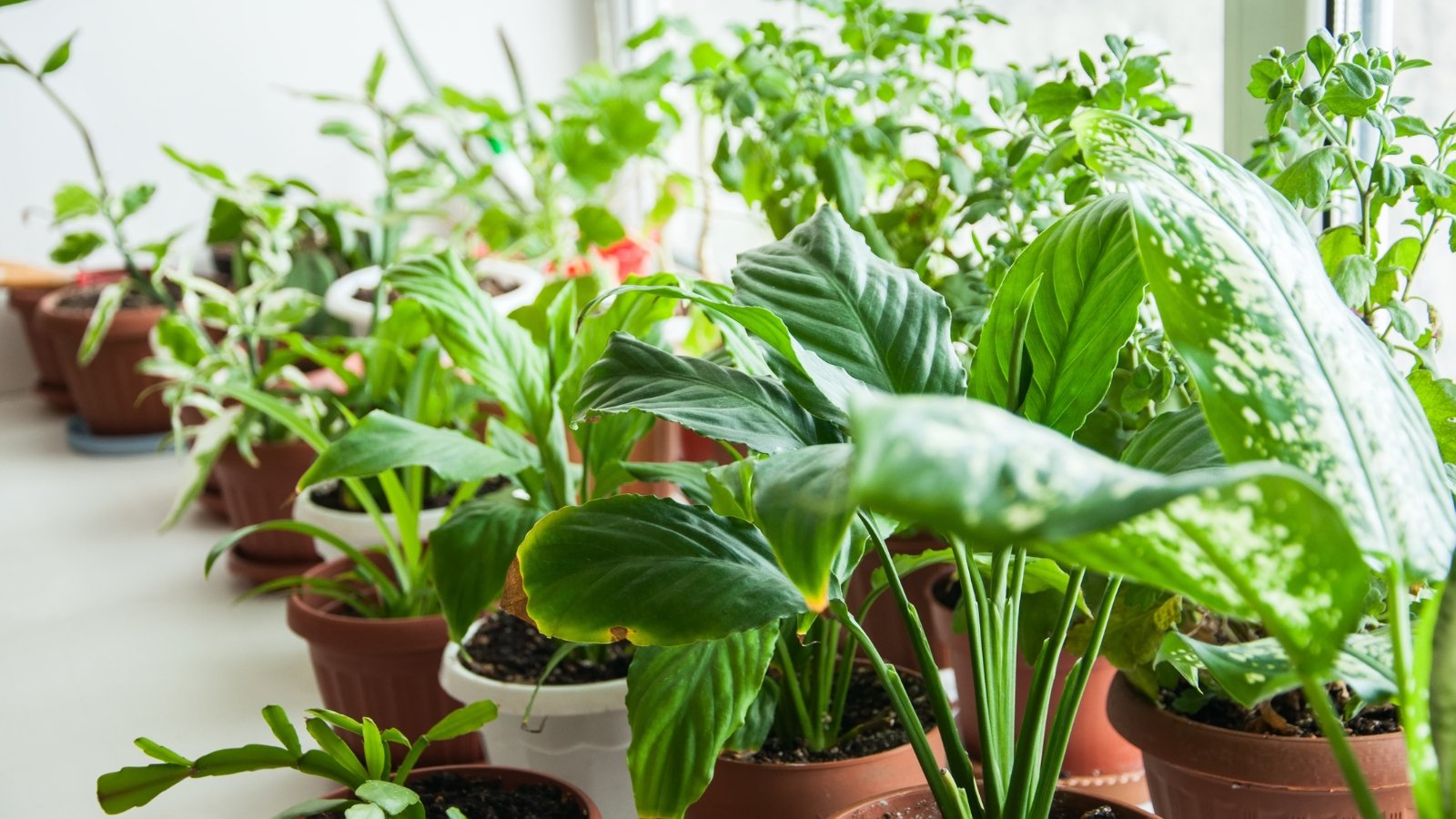As temperatures drop and fall moisture arrives, your houseplants begin craving to be indoors as quickly as additional for the primary time since closing yr. They dislike excessive frosts and will start to current brown and yellow whereas dropping their leaves. Ship them indoors prior to the frosty native climate arrives to deal with them on their healthful progress monitor.
A “houseplant” is solely a plant you develop in your house. It is perhaps from tropical, desert, or temperate areas. The species we regularly propagate are ones that admire our properties’ situations. They like widespread temperatures, widespread airflow, and shady places. They thrive open air inside the summertime on account of the season resembles the settings of their native vary.
On account of the sunshine dissipates, rain falls, and bushes lose their leaves, houseplants expose themselves to antagonistic situations that don’t match these of their native vary. Your personal dwelling offers the next residence for them at this diploma, they usually’ll journey out the chilly months with ease.
With out additional ado, listed beneath are 9 options for transitioning your houseplants indoors for the winter to allow them to survive, thrive, and multiply!
Epic Develop Lights Small
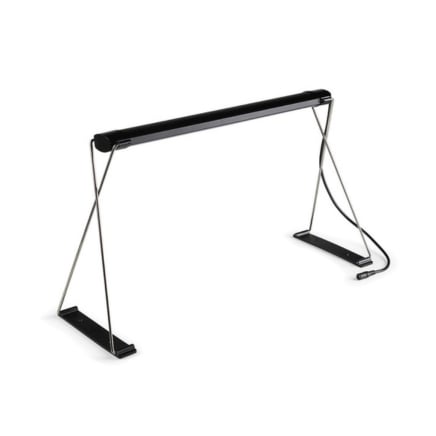

Taking beneath two sq. ft, our develop light is correct for counter tops with out being an eyesore.
The LEDs had been designed for vegetative plant progress whereas nonetheless being power setting nice. There are 5 brightness settings that additional will let you change the depth of sunshine.
Examine for Pests
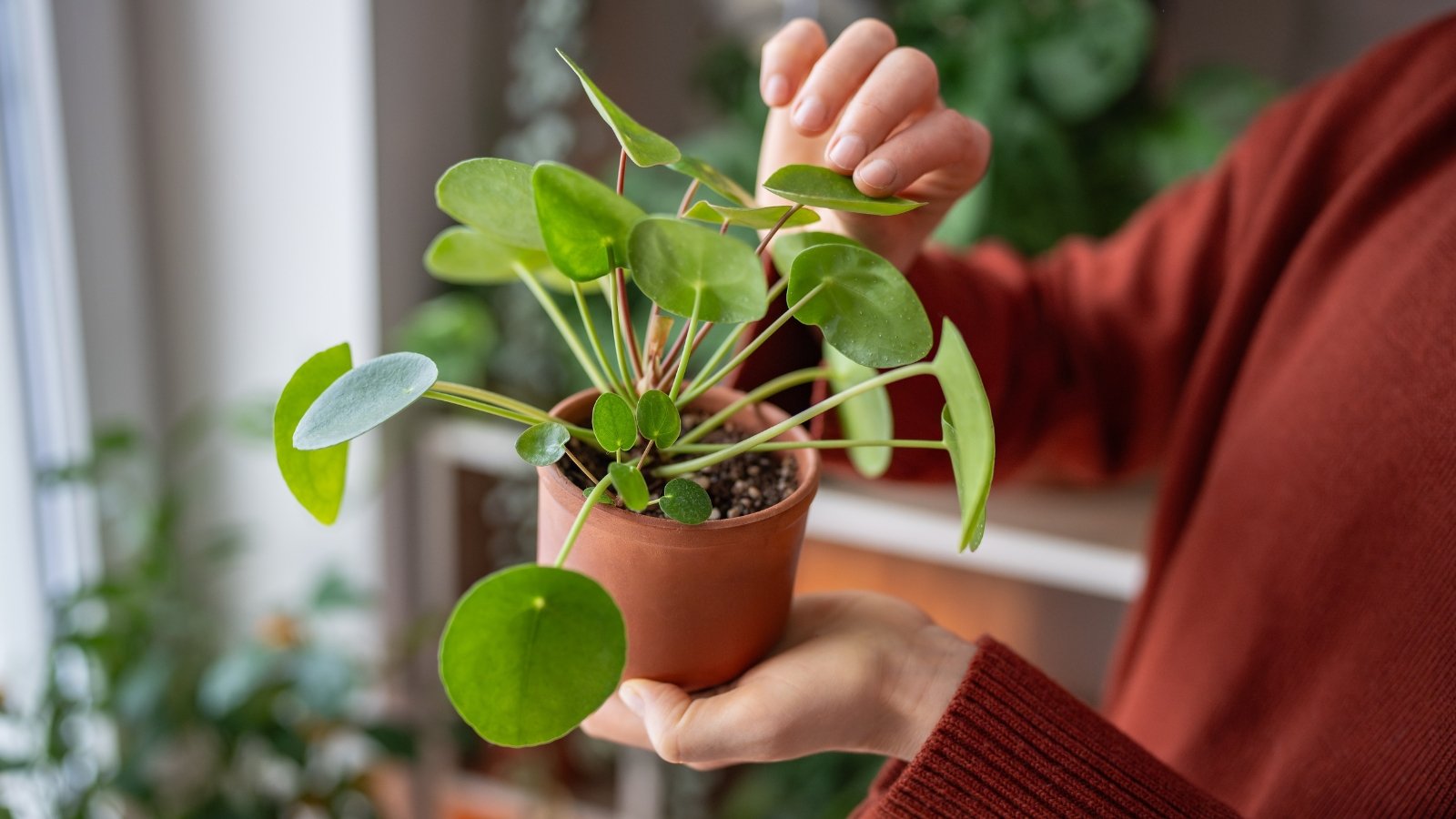

Indoors, there are partitions between fleshy crops and bug pests. They lack this safety open air and can carry eggs, adults, or larvae inside while you transition your houseplants. Inspecting each specimen prior to you carry them inside helps mitigate infestations prior to they happen.
The commonest pests are aphids, thrips, spider mites, scales, and white flies. They’ve pure predators exterior that protect their populations in check out. Though chances are high you may even see aphids in your crops in summer season season, you’ll furthermore see ladybugs and birds consuming them. While you carry the crops inside, lurking pests uncover themselves in a heat location with out pure predators. Their populations would possibly explode with progress!
Begin by rinsing each one amongst your houseplants with sturdy streams of water. It will knock most adults off the plant, though eggs and larvae would possibly persist. Pests like thrips lay eggs contained inside the leaves that hatch over time.
Use a preventative pure pest administration methodology like neem oil to zap fully totally different hiding insect pests. Skip the neem oil in relation to delicate and supple crops like aloe and fully totally different succulents. For these species, a fragile wipe with a humid supplies is adequate.
Throughout the event you consider you studied thrips or fully totally different egg-laying pests are contained in the leaves, wait to carry your crops indoors till per week or two after therapy. Spray neem oil or the equivalent pure spray on the leaves and stems as quickly as additional after the primary week, and your crops will maintain pest-free all by means of their transition.
Prune Lifeless or Diseased Components
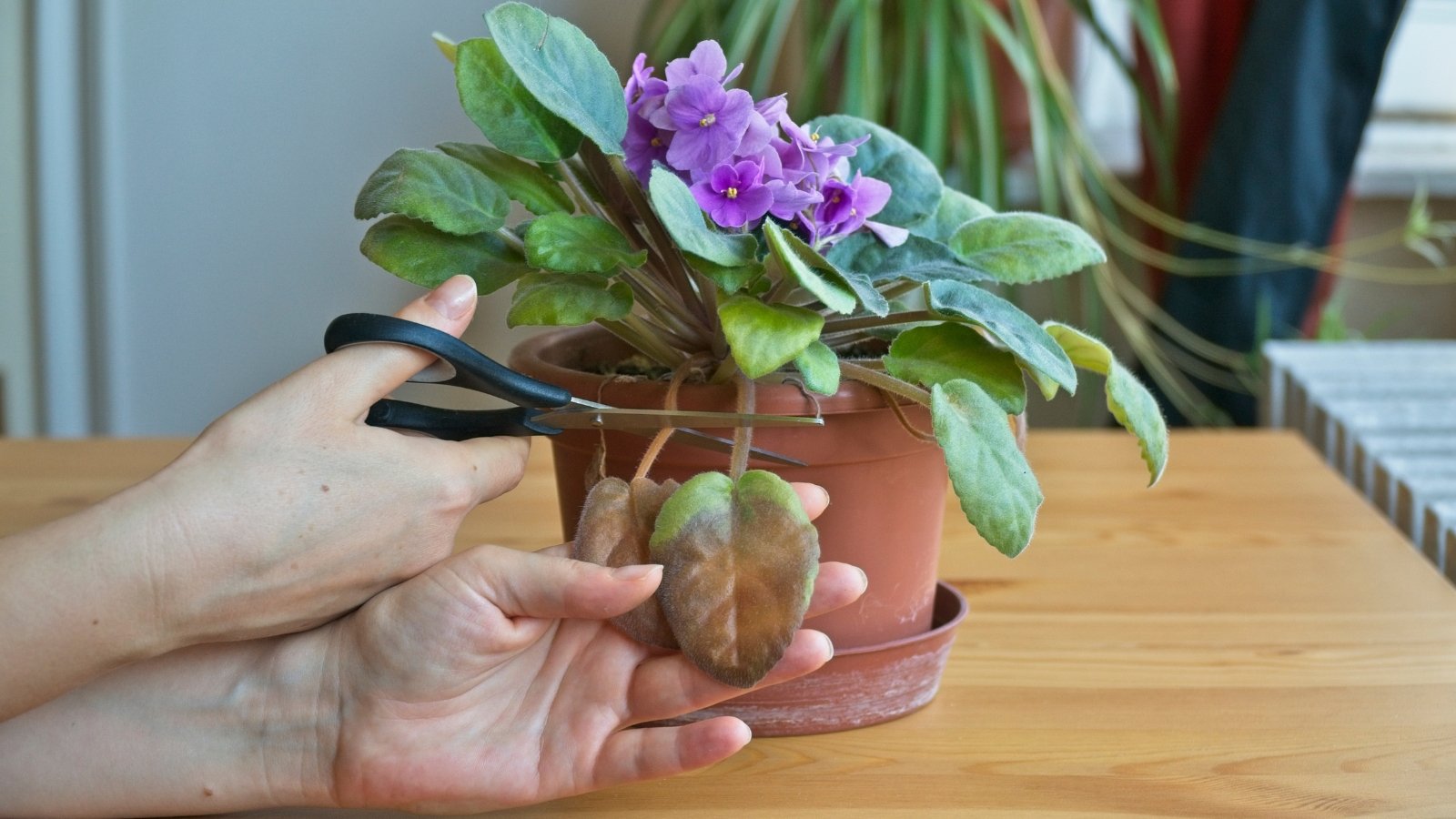

Like pests, diseases furthermore thrive inside with delicate situations. Throughout the event you carry diseased houseplants indoors for the winter, they might unfold spores or viruses rampantly prior to you may deal with them. Pruning diseased and ineffective components off the crops helps their look and prevents the illness from spreading, making them supreme decorations to your dwelling all by means of winter.
Begin by discovering any leaves, stems, or sprouts which have spots or harm on them. Snip these off and dispose of them away out of your yard; bury the scraps deep underground or scorching compost them to kill the diseases. Attempt to not prune greater than a 3rd of the plant so it nonetheless has healthful progress to photosynthesize with.
Most plant pathogens reproduce from contaminated components prior to spreading to fully totally different hosts. Monitor your specimens for per week or two after pruning to make sure they don’t have fungal, bacterial, or viral infections, then change them indoors while you’re certain they’re healthful.
Transplant Rootbound Vegetation


Over the summer season season, your houseplants thrive with additional sunshine, heat, and airflow. They admire the pure surroundings and develop faster than they do indoors. This means various of your specimens would possibly develop rootbound of their pots, or they’ll outgrow their containers. Give them a present begin prior to the transition to make sure they proceed sprouting healthful new progress.
It’s straightforward to see in case your crops are rootbound. Have a look on the drainage holes on the underside of the pots to see if roots poke out of them. That is one signal your houseplant wants repotting. If not sure, take away your plant from its container and examine the roots. Throughout the event that they circle about themselves close to the sting of the pot, they’ll want transplanting.
Terribly rootbound specimens want some care prior to you give them a mannequin new residence. Slice off any circling or upward-growing roots, and place the remaining so that they attain downwards. Place your specimen in a mannequin new container with present potting soil, and let it acclimate for quite a lot of days prior to transitioning it indoors.
By the use of species that need to be rootbound, go away them of their pots as is. Examples of species that take pleasure in being rootbound embody peperomia, African violets, peace lilies, and snake crops. Their progress will sluggish contained in the low season, and chances are high you may pot them up as quickly as they start actively rising in spring if it’s crucial.
Slowly Acclimate
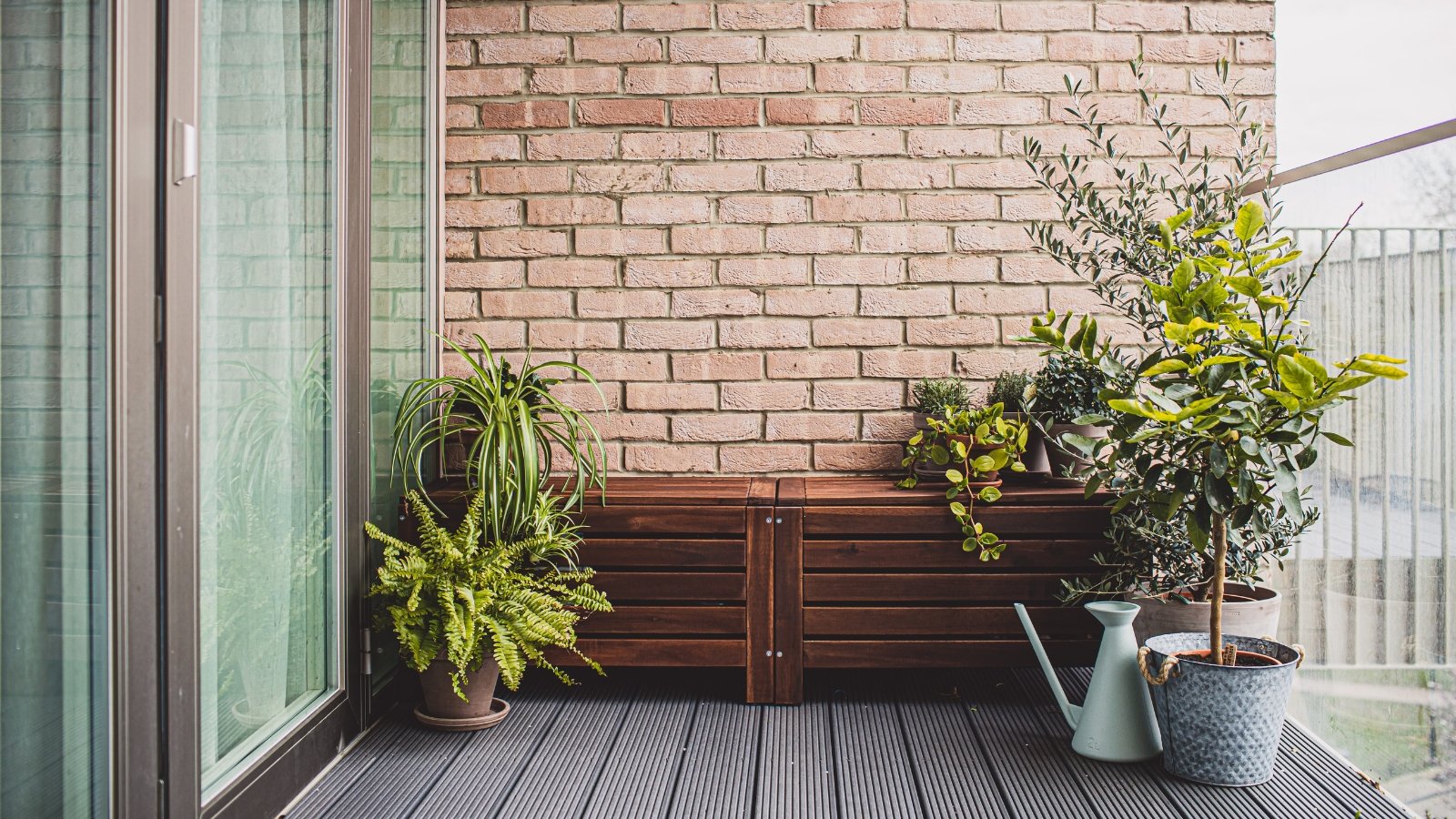

Merely as vegetable seedlings have to acclimate to the pores and skin, summer season season houseplants must acclimate to indoor settings to rearrange for winter. Swap them too shortly, and they might drop leaves, halt their progress, or die! This practically positively gained’t happen, though it’d perhaps if you happen to transition sun-loving houseplants to darkish areas in your house.
Acclimate houseplants by inserting them beneath a porch, patio, or balcony for one to 2 weeks. Swap them indoors at evening and as soon as extra open air all by means of the day. You may additionally alternate the events so your specimens have in the end inside and in the end exterior for 2 weeks.
Your crops would possibly halt their progress in response to the transition, and a few would possibly lose quite a lot of leaves. Do not fret; that is normally a typical response on account of it adapts to new lighting, airflow, and temperatures. Take this course of as sluggish as you could have to keep away from harming your delicate perennials.
Select A Vivid Location
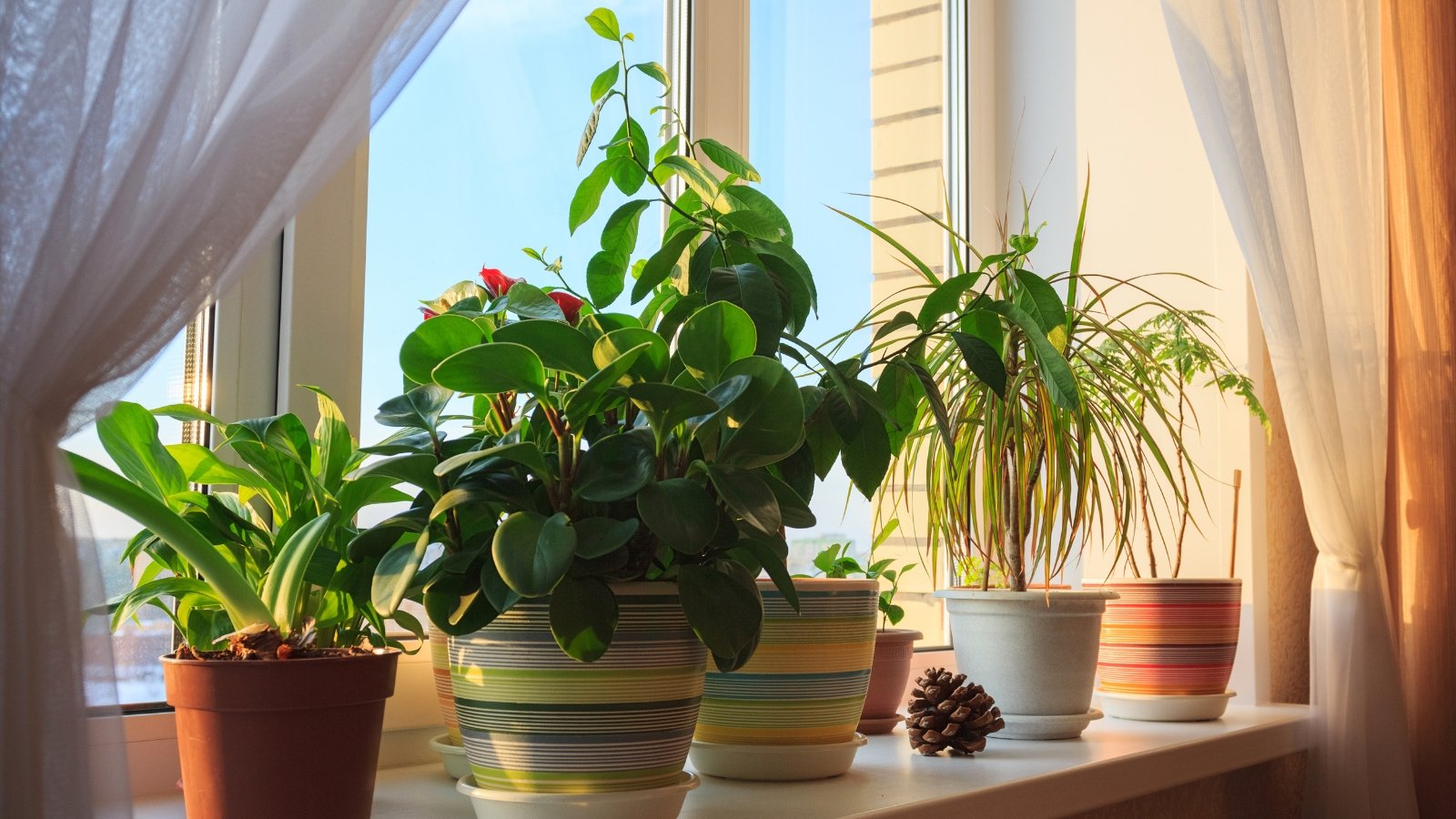

With out partitions, dwelling dwelling home windows, and a roof, the pores and skin has far more daylight accessible for crops than our properties. There’s dappled daylight that pops by means of tree canopies, direct daylight all by means of the day, and there’s filtered daylight penetrating fully totally different thin-leaved species. Partial shade open air could also be completely completely fully totally different than partial shade indoors.
When transferring factors indoors for winter, one among many best strategies to know the place to place your houseplants is to take a look at their reactions to new areas. Give them two weeks to acclimate to new places, then check out them to see inside the event that they’re completely glad. Weak crops with yellowing leaves, limp progress, or leggy stems want additional light than they in the intervening time purchase.
Notably darkish properties would possibly income from develop lights. These fixtures mimic the picture voltaic’s frequencies, offering light-hungry houseplants with the brightness they should survive winter. It’s greatest to put the lights on a every single day timer so that you just don’t have to recollect to point them on and off. Have them on whereas the picture voltaic is out, and program them to flip off on account of the picture voltaic objects.
Water Lots a lot much less
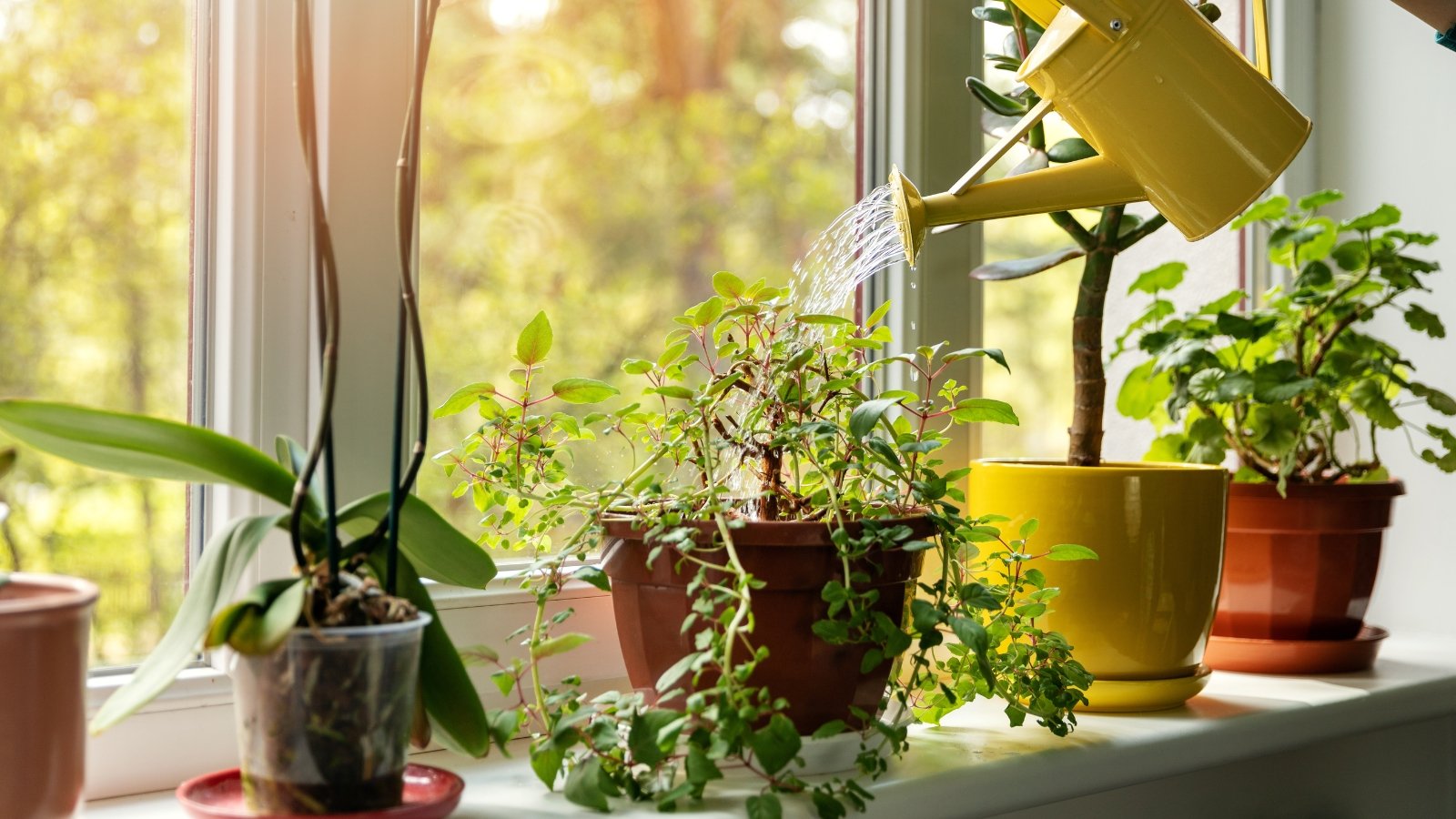

Just some of your houseplants will enter a state of dormancy as they change indoors for the winter. Vegetation equivalent to the desert rose, plumeria tree, and royal poinciana tree lose most of their leaves, require rather a lot a lot much less water, and cease needing fertilizer. Add an excessive amount of water or dietary nutritional vitamins, they usually’ll drown all by means of this era.
One straightforward option to know when to water is to make the most of the finger take a look at. As crops suck up water from the soil, they go away dry grime behind. Stick your finger as deep because it’ll go contained in the soil and pull it out. Protect off on watering if you happen to sense moisture, and apply an excessive amount of water if it’s dry beneath the bottom.
Completely totally different species that don’t enter winter dormancy usually want rather a lot a lot much less water, too. Decrease light ranges set off them to sluggish their progress, which suggests they absorb rather a lot a lot much less water, dietary nutritional vitamins, and air. You’ll begin watering your specimens usually as days lengthen and heat in spring—your houseplants will reply with fast, sturdy, and healthful sprouts.
Add Humidity
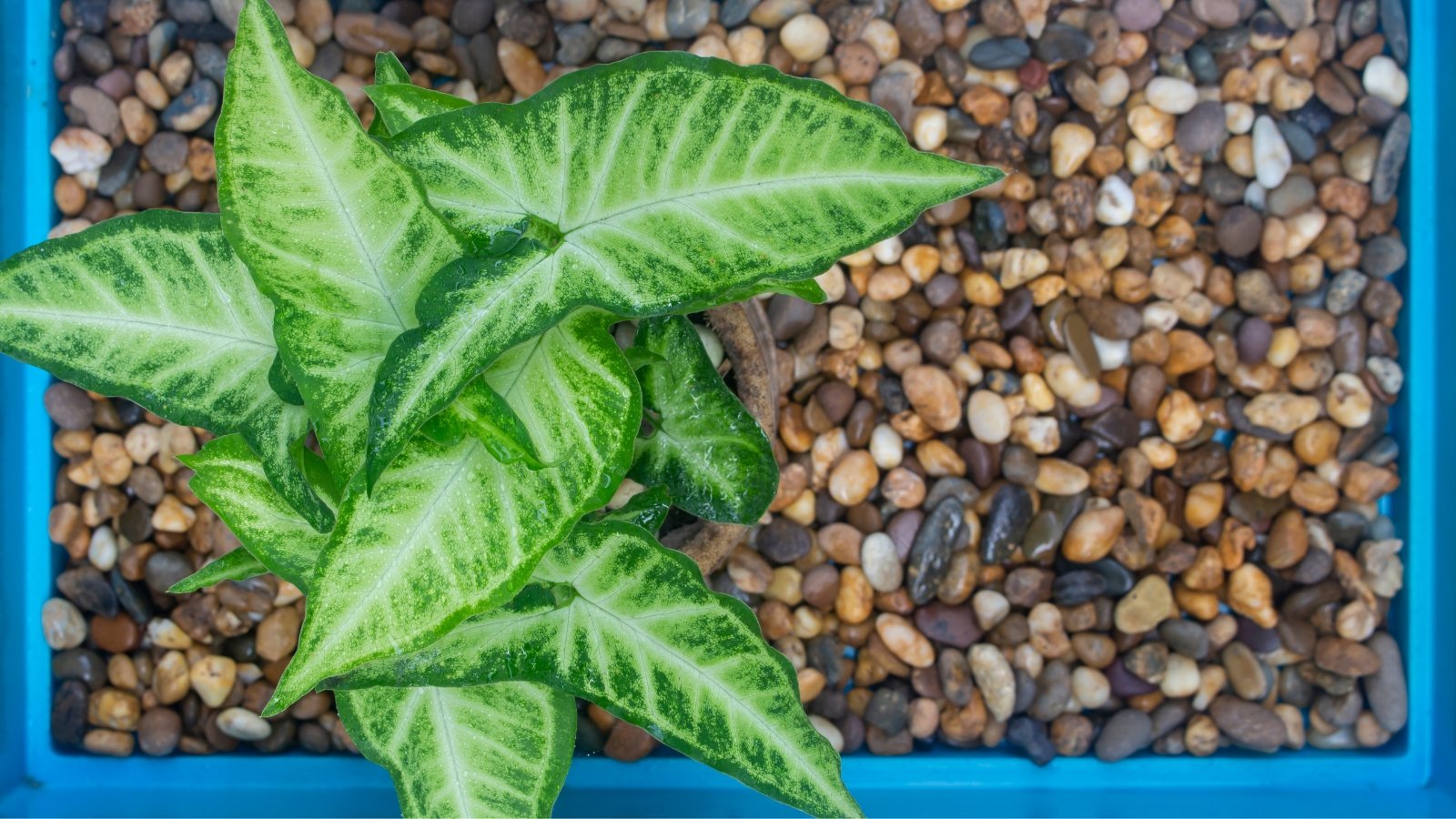

Species originating in tropical and subtropical zones would possibly admire additional humidity than our properties current. Some like ambient moisture to deal with their leaves perky, shiny, and inexperienced. Winter situations are usually dry, as we use heaters that suck moisture out of the air. Battle this with a humidifier and likewise you’ll improve your crops’ correctly being all by means of the cool months.
One totally different straightforward choice is a rock tray with water. The water evaporates slowly with out soaking the soil, creating additional humidity spherical your species. This system is particularly helpful for frequent houseplants like calatheas, spider crops, and philodendrons, on account of it helps them push new progress with out brown or yellow options.
To make a humidity tray, first uncover plant saucers. Use plastic or glass as a substitute of terra cotta, as terra cotta can leach moisture out of the inside of the pot. Place pebbles or small rocks contained in the saucer, then fill it with water so the moisture sits only a bit beneath the saucer’s edge. This retains water persistently evaporating whereas offering satisfactory drainage in your plant infants.
Look ahead to Drafts
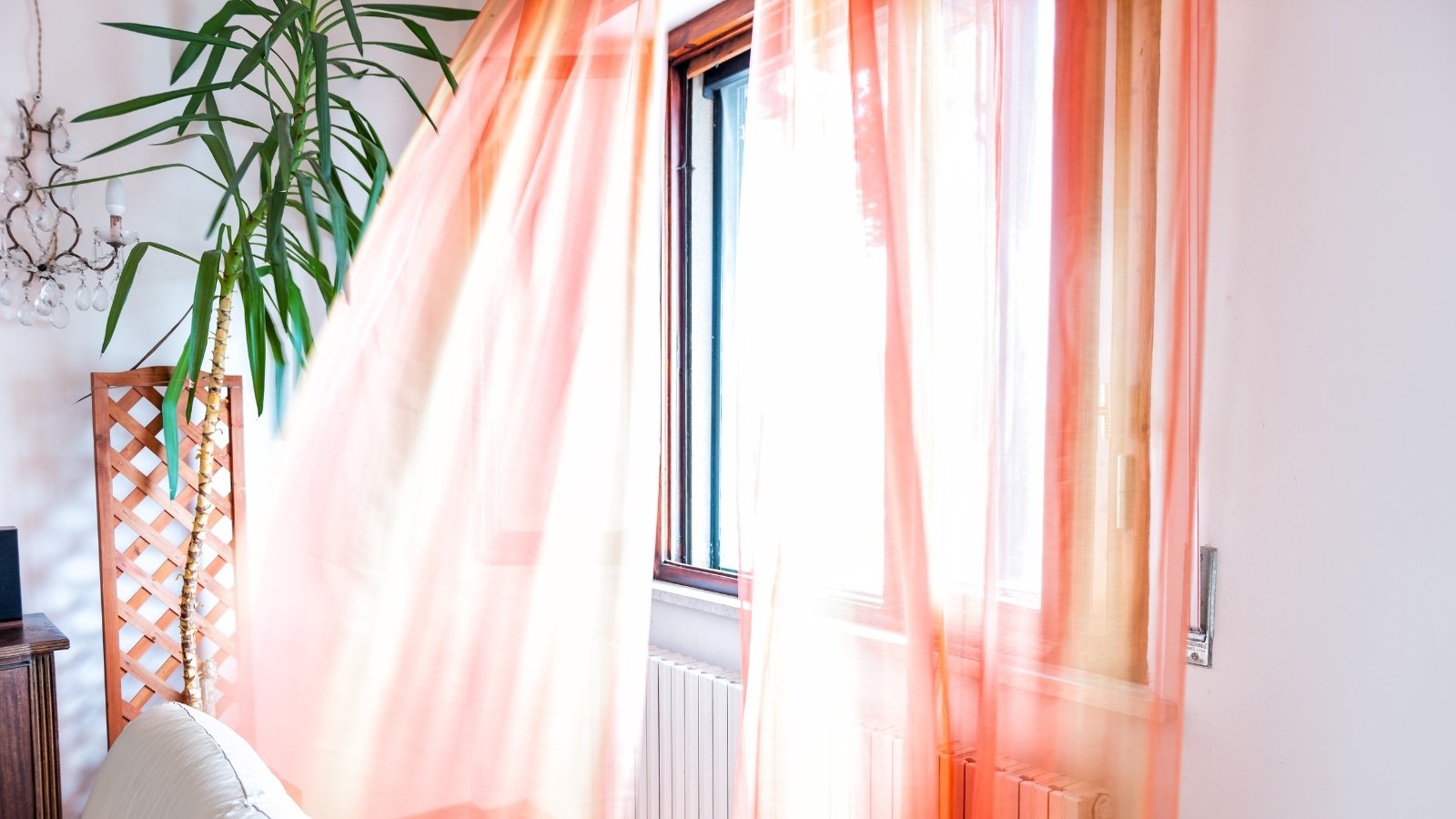

Air drafts, each cold and warm, hurt healthful progress indoors. Open dwelling dwelling home windows and house heaters blow terribly chilly or scorching air that threatens delicate houseplants. Throughout the event you’re aware of a extremely drafty spot in your house, strive inserting the hardest of your crops in these areas. Houseplants like pothos, ZZ, and snake crops are quite a lot of the hardest ones that survive drafty areas.
Though extremely efficient species survive drafts, they will not like them. Monitor your houseplants intently to see how they react. When you uncover a kind that thrives regardless of the drafts, you’ll need to keep in mind it! It’ll be an indispensable species for you and your private home.
In case your houseplants want quite a lot of light nonetheless don’t like being close to chilly dwelling dwelling home windows, ponder quite a lot of tips to assist them. Likelihood is you may situate them away from the window with develop lights. You may additionally place them close to a heater with a humidifier to cancel out the present, dry air. Another choice is inserting them close to a cool window with a heater and a humidifier to deal with the houseplants heat, lit, and humid with out develop lights.
Propagate Prolonged Stems
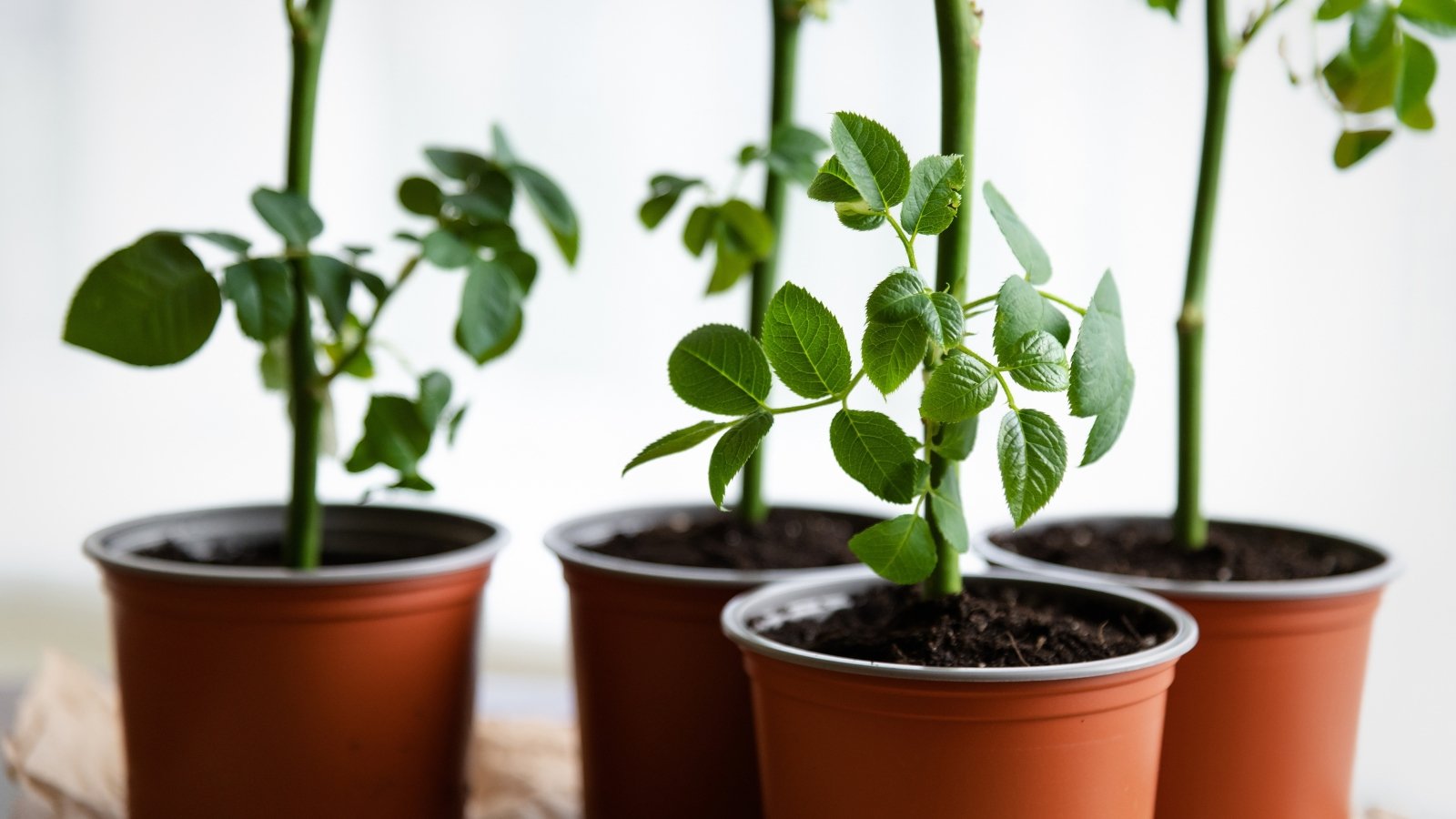

Irrespective of your greatest efforts, some houseplants could not equivalent to the indoors all by means of winter! Succulent species like burro’s tail or tree houseleeks develop leggy with low light and funky temperatures. Reap some great benefits of these prolonged stems and propagate them into present, bushy, and sturdy specimens.
Begin taking cuttings on account of the stems develop leggy. Strip their decrease leaves, then place the cuttings in containers with new potting soil. Water them efficiently, place them beneath shiny light, and make sure the soil stays moist nonetheless not soggy. They’ll root in quite a lot of days and even weeks and develop bushy new sprouts with satisfactory lighting.
I need to propagate houseplants in late winter and early spring to take the transplants open air for the rising season. This type, I can protect my houseplants indoors year-round whereas I take pleasure in their collaborating qualities inside the skin yard. Though they admire the pores and skin, conserving some indoors offers decorative value to your bedrooms, bogs, and residing rooms.
Key Takeaways
- Houseplants are like one different plant—they’ve wants that match their native habitats. Give them what they want they usually’ll thrive indoors all by means of the winter.
- Essential downside for houseplants is light; there’s usually not sufficient of it! Use develop lights if your private home is simply too darkish for them.
- Drafts are the silent killers of houseplants! Avoid inserting your tender crops close to heaters or chilly, open dwelling dwelling home windows.
- Clear the leaves, take away pests, and prune off diseased components prior to bringing houseplants indoors.
- Monitor the crops all by means of the chilly months to make sure they keep completely glad, healthful, and thriving.
